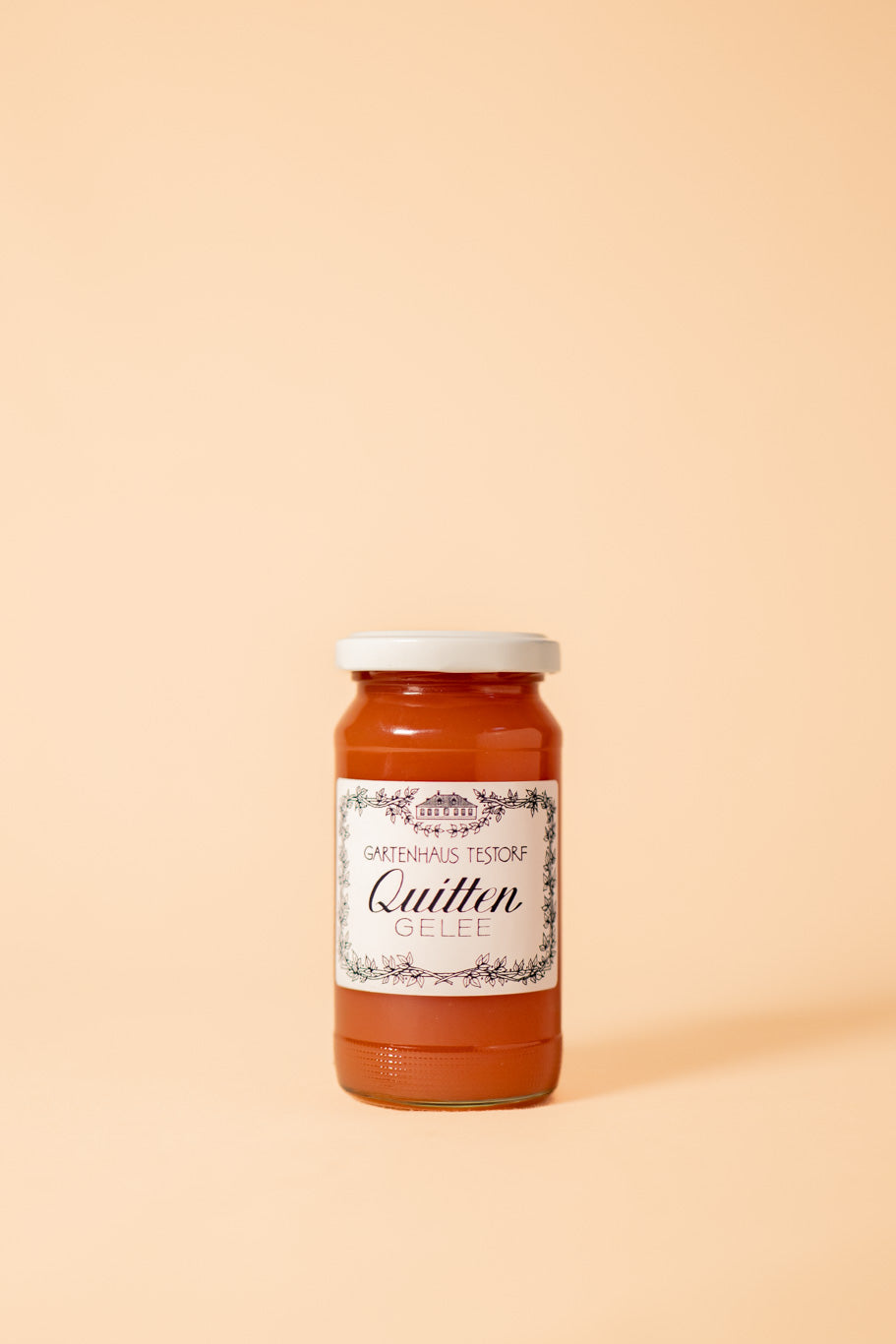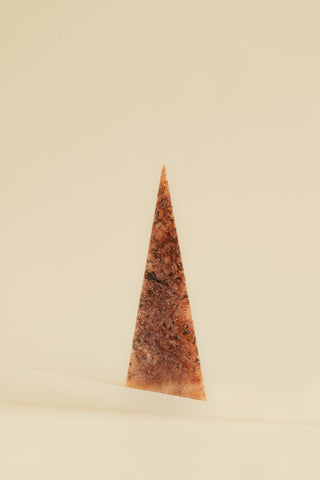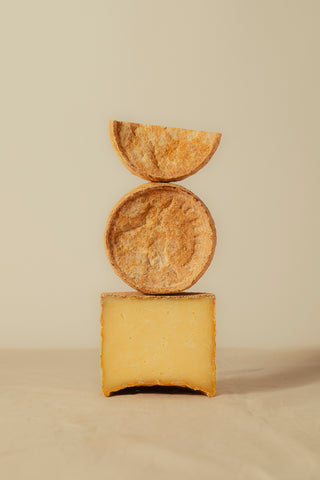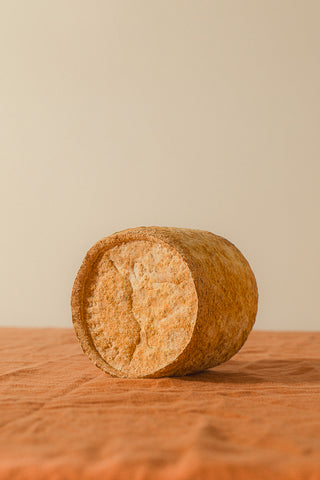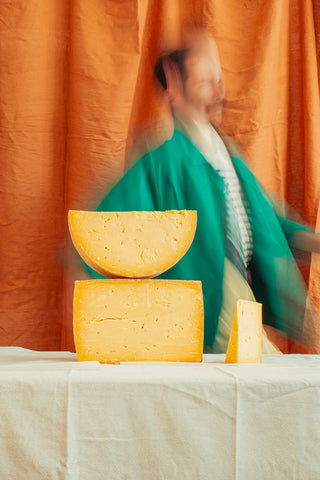FOR HOME DELIVERY IN BERLIN:
1. Delivery Area: We provide home delivery services within the ring in Berlin.
2. Temperature-Sensitive Items: We deliver temperature-sensitive items such as eggs, dairy, and meat.
3. Delivery Method: Our deliveries within Berlin are made using cargo bikes, ensuring timely and efficient service.
4. Shipping within Germany: For deliveries outside of Berlin, we utilize DPD services to ship within Germany. Please refer to DPD's shipping and return policies for more information.
5. Return Policy: If you receive a damaged item, you must notify us within one day of delivery. Due to the sensitive nature of our products, we cannot guarantee the storage conditions after delivery. Therefore, we offer a 1-day return policy for damaged items.
6. Verification of Certain Items: We understand that some items can only be assessed once opened, smelled, or tasted. This includes products like wine, spices, cheeses, and other select perishable items that require sensory evaluation. We are open to discussing such cases individually to ensure customer satisfaction and address any concerns regarding these specific items.
7. Compensation for Damaged, Expired, or Missing Items: If we are responsible for a damaged, expired, or missing item, we will provide appropriate compensation options. These may include bringing a similar item for free from the next day onwards, issuing a refund, or providing a discount code for future orders.
In case an item would not be consumable despite of not having reached the expiry date, or its container being damaged, please contact us within 24h (.5).
CONCERNING THE WINE SECTION :
Understanding Our Wine Quality Process: We carefully select and taste each wine with Rocket Wine to ensure it meets our standards and matches the detailed descriptions on our webshop. However, we recognize that every palate is unique, and sometimes a wine may not align with your expectations.
If you suspect that your wine is corked or doesn't taste as it should, we're here to support you. We kindly ask that you bring the bottle to our, or Rocket Wine location. This allows us to taste the wine and accurately determine the issue, as this is the most effective method to assess these particular concerns.
We value your input and understand that taste can be subjective. While we strive to provide thorough information and taste profiles for each wine, personal preferences may vary. That's why we invite you to bring in any wine you feel is not up to standard. Please note that for a refund or exchange, the bottle should have more than 50cl remaining.
By following this process, we aim to ensure fairness and maintain the high-quality wine experience you expect from us. We appreciate your understanding and cooperation in this delicate matter.
FOR SHIPPING WITHIN GERMANY:
1. Advisory for Temperature-Sensitive and Fragile Items: We advise against ordering dairy, meat, or other temperature-sensitive items, as well as fragile or freshness time-sensitive products like bread and pastries, for shipping. However, if a customer decides to order these items for shipping, we will take precautions to maintain their quality. Our cheese cuts are all vacuumed sealed, and should be removed from their container if the seal isn't tight upon reception, then placed in an other container (cheese box, baking/cheese paper...). Please note that despite our best efforts, we cannot guarantee the freshness or quality of these items upon reception.
2. Shipping Provider: We utilize DPD services for shipping orders. Please familiarize yourself with DPD's shipping and return policies for any concerns regarding the shipping process.
Additional Recommendations: To ensure optimal satisfaction, we recommend reviewing the storage instructions and expiration dates of items received through our service. Proper storage and timely consumption are crucial for maintaining the quality of temperature-sensitive and perishable products.
For any inquiries, questions, or assistance, you can contact us at info@archipel.berlin.
By placing an order with Archipel Berlin, you acknowledge and agree to abide by these terms and conditions. We strive to provide a reliable and high-quality grocery delivery service and appreciate your understanding and cooperation in ensuring the best possible experience for all our customers.
